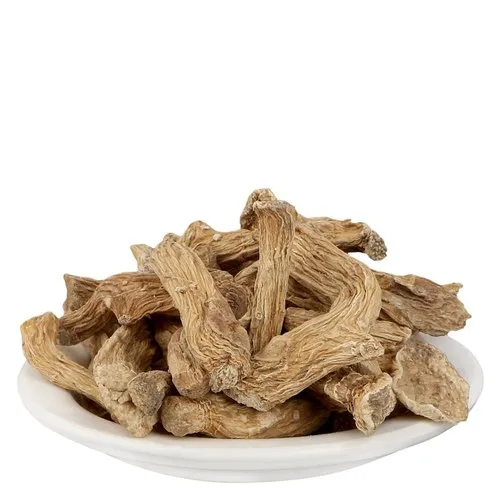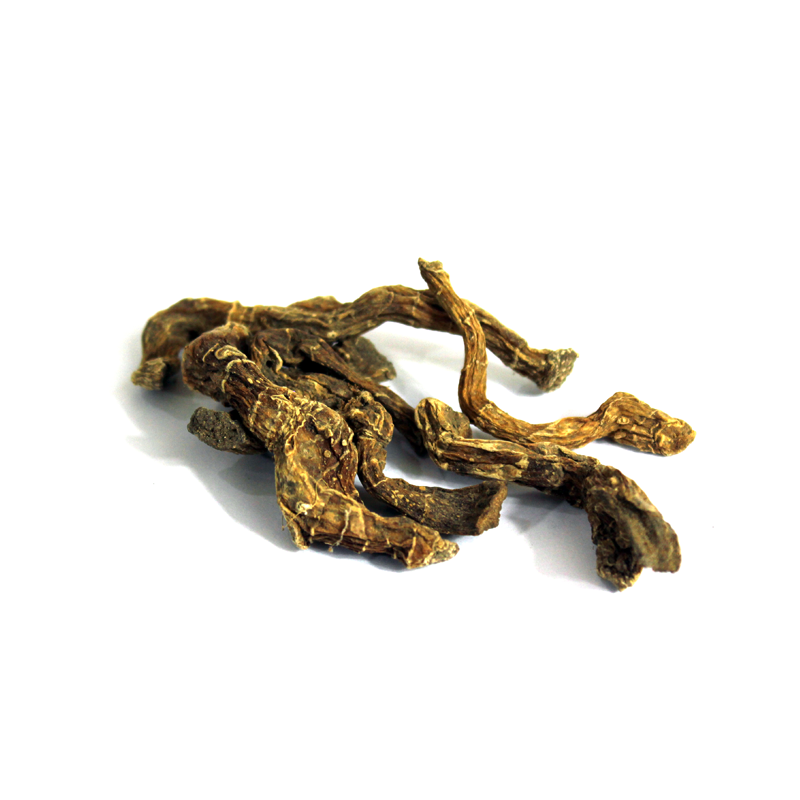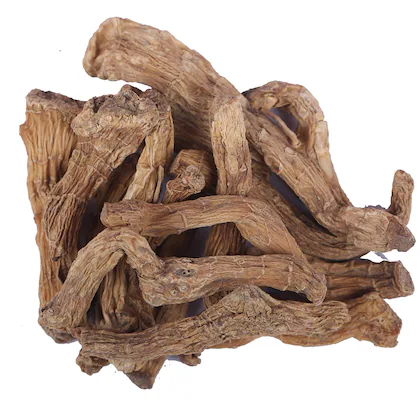INTRODUCTION:
Parsnip is a creamy-white root vegetable that looks like a pale carrot. It has a sweet, nutty flavor, especially after a frost. Parsnips are often used in soups, stews, or roasted as a side dish. They have been grown for centuries and were once a common food before potatoes became popular. While mainly eaten for the root, parsnips also have a history of use in herbal medicine, especially for helping digestion. However, the leaves of the plant can irritate the skin and should be handled with care.

Urdu: Siqaqal Misri / سفید مولی جیسا جڑ — Parsnip
Hindi: सफेद शलगम / चुकंदर जैसा मूल — Parsnip
Punjabi: ਸਫੈਦ ਮੂਲੀ ਵਾਂਗ ਜੜ — Parsnip
Sindhi: سفيد مولی جھڙو ٻوٽو — Parsnip
Gujarati: સફેદ મૂળી જેવી જડ — Parsnip
Bengali: সাদা শালগমের মত মূল — Parsnip
Marathi: पांढर्या मूळीसारखा मूळ — Parsnip
Telugu: తెల్ల ముల్లంగి వంటిపట్టు మూల — Parsnip
Kannada: ಬಿಳಿ ಮೂಲಿಕೆಹಣ್ಣು — Parsnip
Tamil: வெள்ளை முள்ளங்கி போன்ற வேரு — Parsnip
Pashto: سپین مولی ریشه — Parsnip
Saraiki: سپید مولی ورگڑ جڑ — Parsnip
HEALTH BENEFITS:

Aids in sexual vitality:
In traditional medicine, it is used as an aphrodisiac to address sexual health issues such as premature ejaculation, impotence, and erectile dysfunction.
Relieves constipation:
Some sources indicate that it contains fiber that can assist with bowel movements.
Reduces stress:
Shaqaqul misri may help alleviate tension, anxiety, and depression.
Provides nutrients:
The root contains a variety of vitamins, minerals, and nutrients, including dietary fiber, folate, potassium, and vitamin C.
Possesses anti-inflammatory properties:
It is also noted for its potential anti-inflammatory, antibacterial, and antifungal effects.
Skin health:
Its antioxidant content may help protect against premature aging and promote glowing, healthy skin.
Anti-inflammatory:
It is noted for its anti-inflammatory properties, which can help in treating conditions like arthritis.
Wound healing:
Historically, a poultice made from the root was used for sores and other inflammations.
Enhances memory:
Traditional remedies combine shaqaqul misri with other ingredients to enhance brain power and improve memory.
Boosts energy and stamina:
As a source of nutrients and a traditional tonic, it is used to combat mental fatigue and boost overall energy and stamina.

SIDE EFFECTS:
Allergic reactions:
Some sensitive people may experience oral allergy syndrome, which can cause a burning or itching sensation in the mouth, lips, and throat.
Contact dermatitis:
Contact with the leaves or stems of cultivated parsnips can cause a skin reaction in sensitive individuals, though it is not as potent as the reaction caused by wild parsnip.
Digestive problems:
As a high-fiber root vegetable, parsnips can cause gas, bloating, and other digestive discomfort, especially in people unaccustomed to high-fiber foods. Inulin, a prebiotic fiber found in parsnips, can also contribute to these symptoms.
Raw consumption:
Raw parsnips are safe for most people, but they contain a higher concentration of furocoumarins and may be more difficult to digest. Cooking the vegetable reduces these compounds and makes it easier to digest.
Pregnancy:
While there is no definitive information, it is recommended to be cautious about using parsnip as a medicine during pregnancy due to limited research on its effects.
HOW TO USE:

Roasted Parsnip:
Peel and cut parsnips into sticks or chunks. Toss with olive oil, salt, pepper, and herbs like rosemary or thyme. Roast in the oven at 400°F (200°C) for about 25–30 minutes until golden and tender. It makes a delicious, naturally sweet side dish.
Soups & Stews:
Add diced parsnip to soups, stews, and casseroles. It adds a mild sweetness and thickens the broth slightly when cooked down.
Mashed Parsnip:
Boil peeled parsnips until tender. Mash with butter, cream, salt, and pepper. You can mix it with mashed potatoes for a creamy, flavorful mash.
Raw in Salads:
Grate or thinly slice raw parsnip to add crunch and sweetness to salads or slaws.
Parsnip Chips:
Slice thinly, toss with a bit of oil and seasoning, then bake or fry for crispy chips.
Parsnip Puree:
Cook and blend parsnip with a bit of stock or cream to make a smooth puree — great as a base for dishes or as a sid
Parsnip Tea:
Peel and slice fresh or dried parsnip root. Boil in water for 10-15 minutes, strain, and drink warm to soothe the stomach.e.
Precautions
Avoid handling wild parsnip sap or leaves directly in sunlight, as it can cause skin irritation or burns (phytophotodermatitis).
Cook parsnips well, as raw parsnip can be tough to digest for some people.




